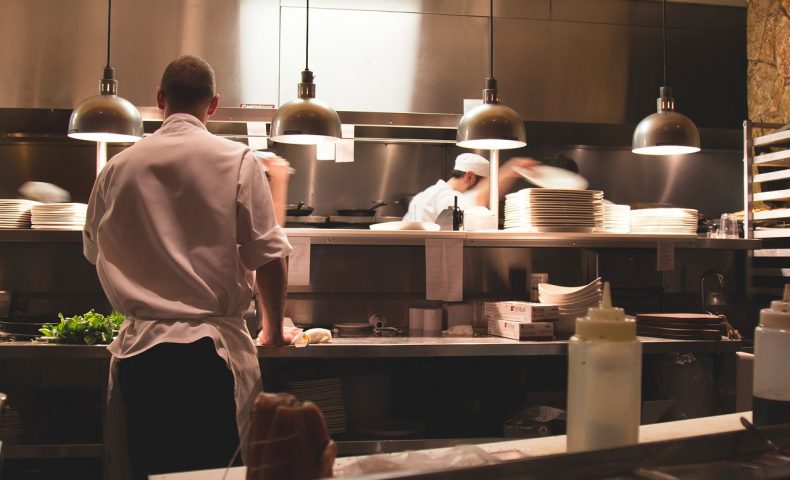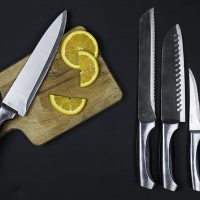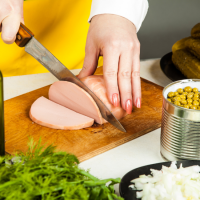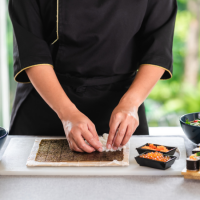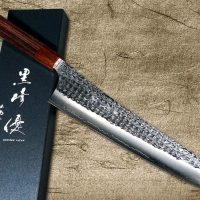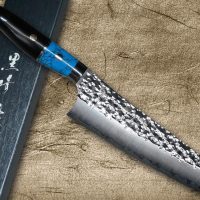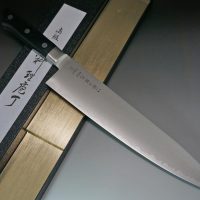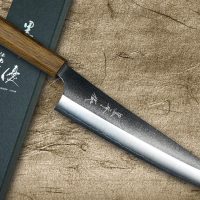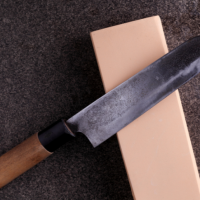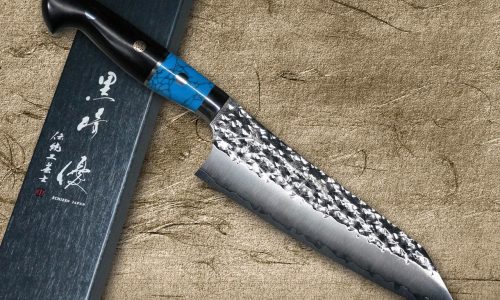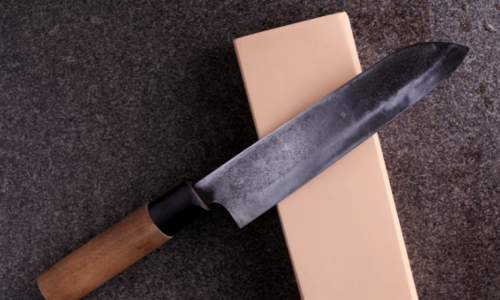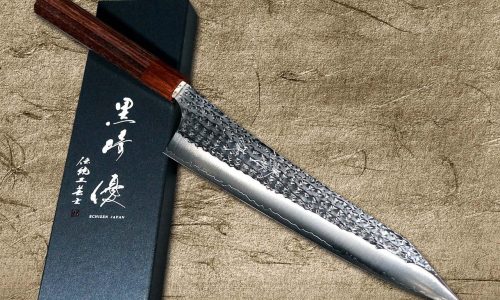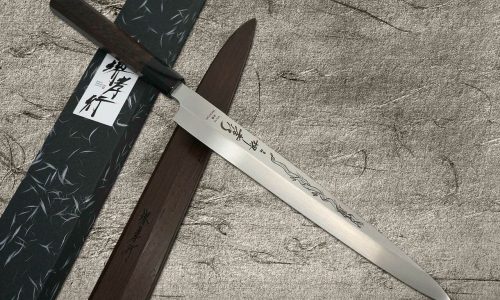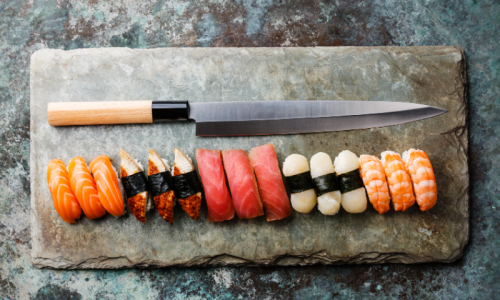Chefs of all levels, from professional to amateur, can make do working on the most basic of kitchen environments with substandard cooking conditions and equipment. However, when it comes to their knives, it’s a totally different story. A knife is a chef’s best friend and often referred to as an extension of their hands. Behind every meal is a knife that started it all, and no chef will ever prepare, cook, and present a dish that doesn’t meet their own high standards. For this reason, it’s common for chefs to bring their own set of knives with them wherever they cook.
Most chefs will have their own trusted set of kitchen knives, and some may even have knives custom designed for them. When it comes to kitchen knives, chefs are spoiled by what’s available to them as there are thousands of brands available to them, so they’re bound to find knives that feel great in their hand and suit their cooking style. While knives may vary in their shape and usage, the basics of a knife remain the same. With all this considered, how do chefs go about choosing knives to add to their arsenal?
What Do Chefs Consider in Choosing a Knife?
When it comes to choosing a knife, chefs will have a set of standards and know exactly what they’re looking for.
First, professional chefs will always go for well-made knives by well-respected brands. Knives that are well-made will serve its purpose for the longest period of time and will hold an edge much better than poor quality knives. The highest quality knives are generally manufactured in Germany or Japan, however there are many great manufacturers from all over the world.
Another factor that chefs will consider is the grip of the knife. Comfort is important, and chefs will look for a knife that feels comfortable when held and allows them to work for hours on end. There are also safety aspects of a knife with good grip, as the better you are able to hold the knife, the less chance of it slipping and cutting your fingers.
Another criterion of a good knife is one that is made from a solid piece of metal, which is why most chefs prefer knives with a blade that goes all the way to the end of the handle. These are known as full-tang knives, and the metal should be solidly attached to the handle with no possibility of separation.
Next, chefs will need to choose a knife that is made of stainless steel or iron. Depending on who you ask, your answers will vary. Most chefs are in agreement that iron knives are sharper and will remain sharper than stainless steel over time. However, stainless steel knives require less maintenance which makes them more convenient. In fact, top-of-the-line stainless steel knives can be just as sharp as iron knives as long as they’re well maintained.
How Chefs Take Care of Knives
As knives are one of their most important tools, chefs will take extra care when it comes to cleaning and maintaining their knives, so they remain in perfect shape.
The first step in taking care of a knife is prevention. Chefs will be cautious when using their knife, making sure they don’t get damaged. You’ll never see a chef use a on a steel or granite countertop, nor will you see them cut objects they shouldn’t be cutting with any particular knife.
After every use, chefs will clean their knives and dry them with a towel. They may also spend some time sharpening their knives before putting them back in their knife block or sheath. When it comes to knife sharpening, most prefer a sharpening stone.
As you can see, knives are an important part of a chef’s arsenal and having a good knife makes a huge difference when it comes to a well-prepared meal. Aspiring cooks should bear in mind that professional chefs care deeply about their knives and will take the time to carefully maintain them to ensure they last as long as they should and perform well for years to come.

